Working principle of solenoid valve-direct action
The direct-acting (direct-acting) solenoid valve has a simple working principle, as shown in figure below.
For normally closed valves, in the absence of power, the plunger (E) plugs the orifice with the valve seal (F). The spring (D) forces the closure. When the coil (A) is energized, an electromagnetic field is generated, which attracts the plunger upward and overcomes the spring force. This will open the orifice and allow the medium to flow through.
Normally open valves have the same components, but work in opposite ways.
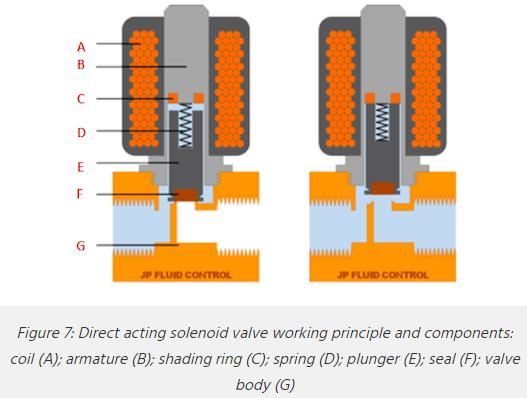
The maximum working pressure and flow are directly related to the orifice diameter and the magnetic force of the solenoid valve.
Therefore, direct acting solenoid valves are usually used for relatively small flow rates. The direct-acting solenoid valve does not require a minimum working pressure or pressure difference, so it can be used between 0 bar and the maximum allowable pressure.



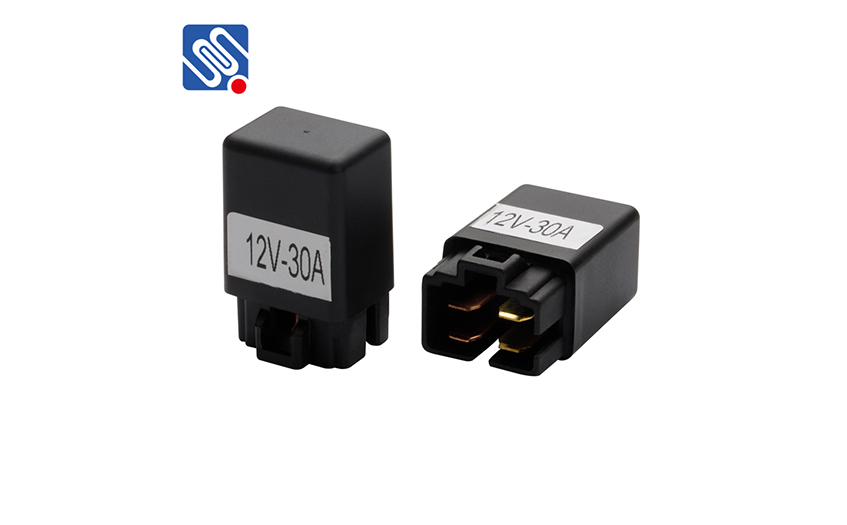
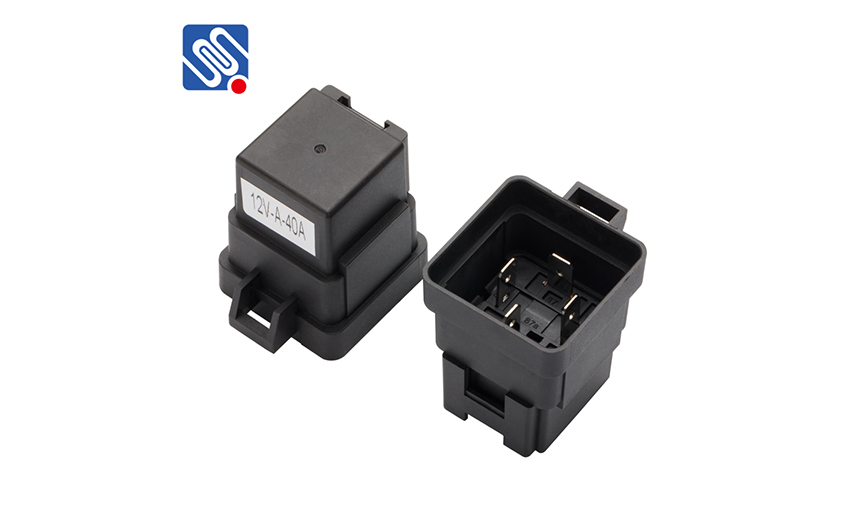
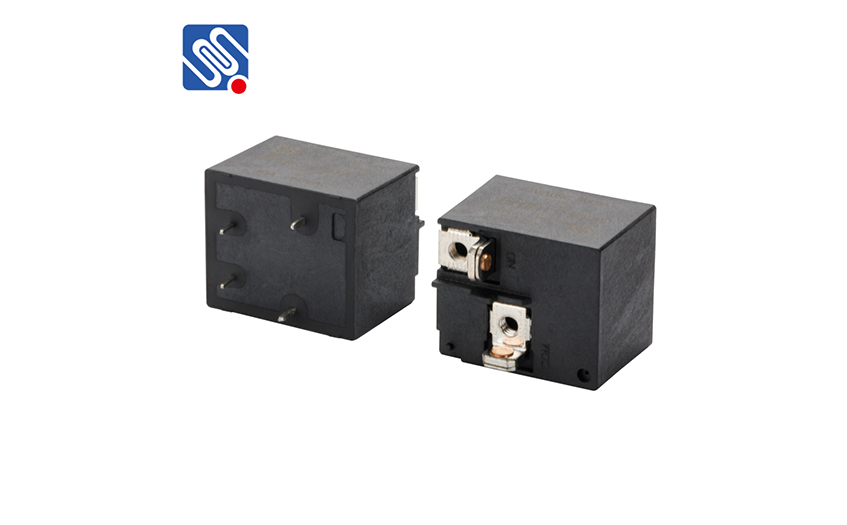
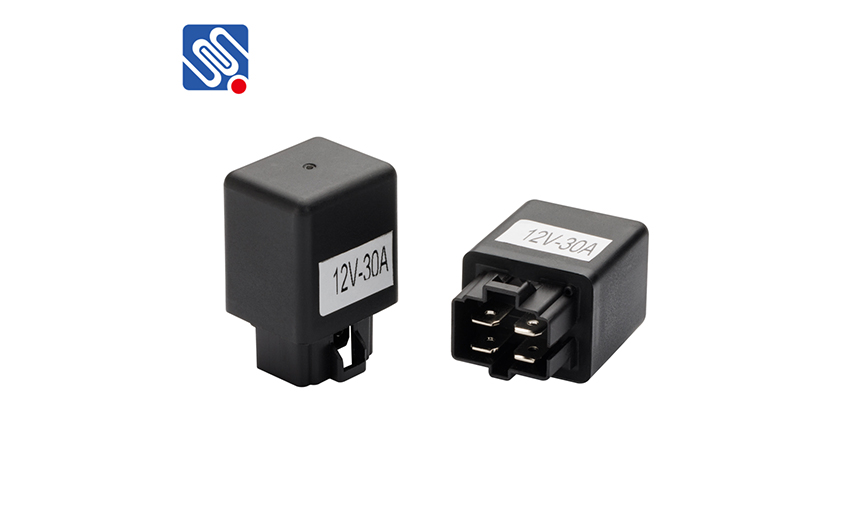
 selena
selena  sales@msrelay.com
sales@msrelay.com 13968707033
13968707033
 +86-577-62518811
+86-577-62518811





